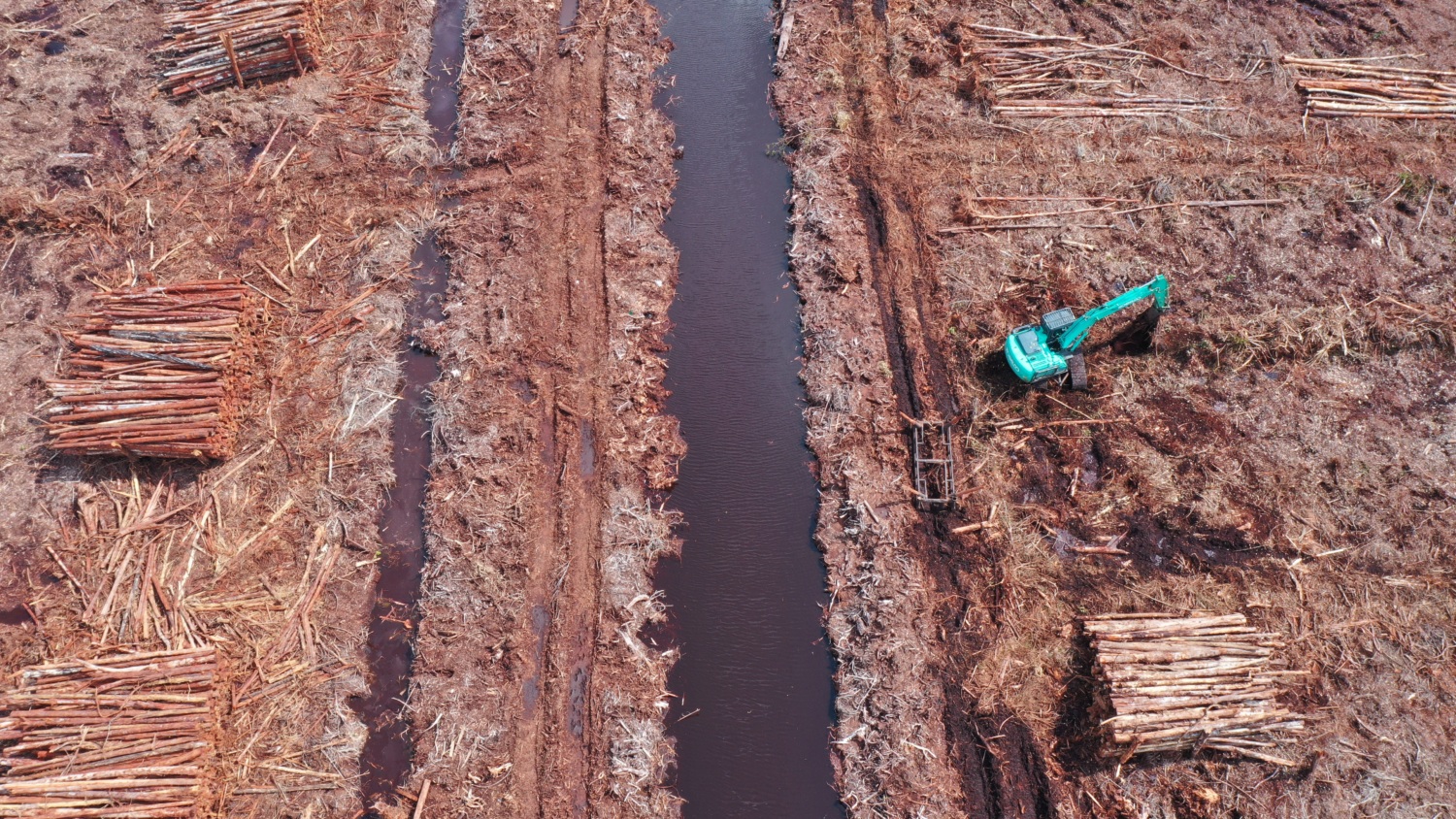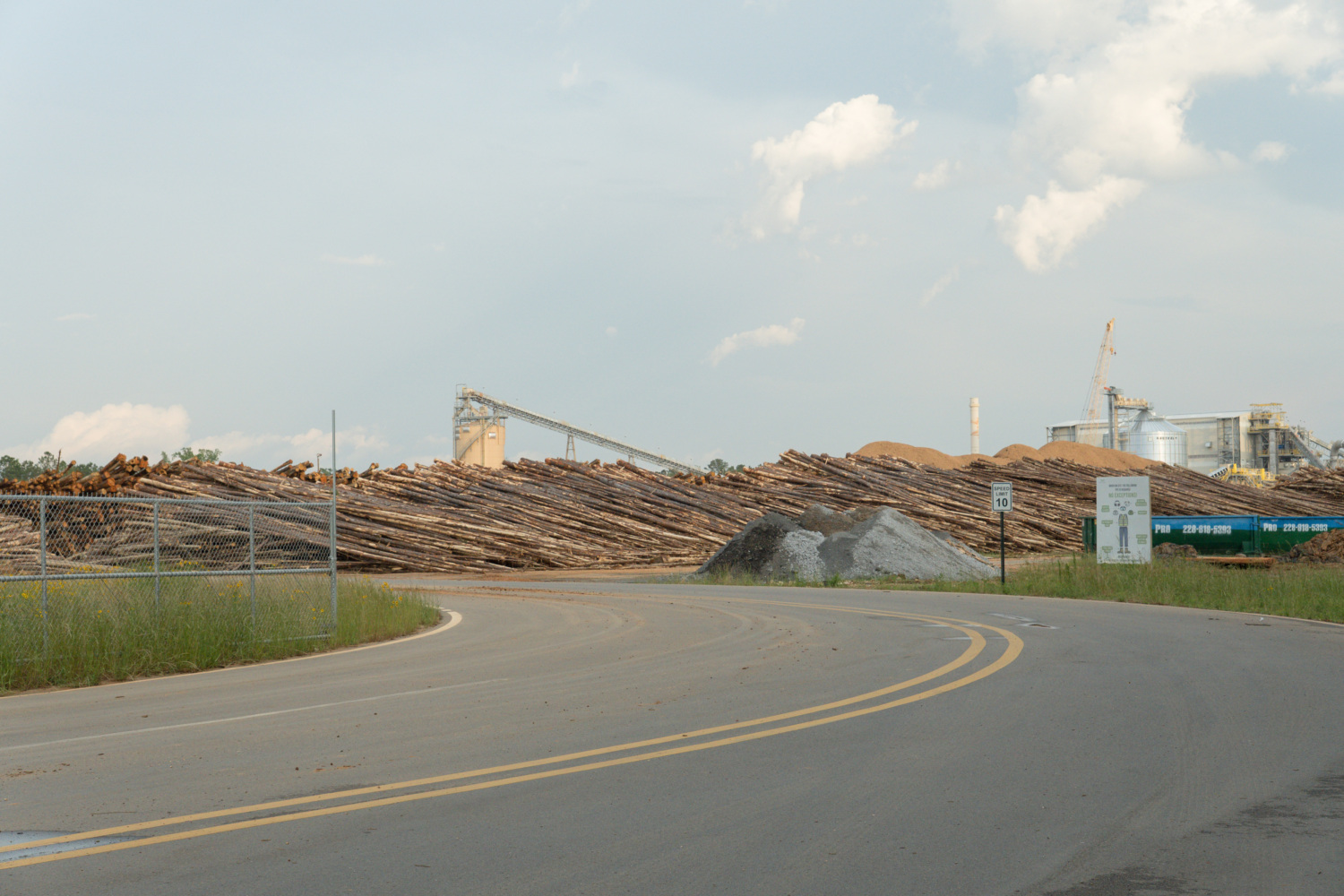Cocoa Agroforestry Library
The Cocoa Agroforestry Library is an electronic library of all publicly available scientific literature on cocoa agroforestry intended for wide use by industry, governments, academics, activists, farmer groups, and others. This is published in collaboration with the Smithsonian Migratory Bird Center. The catalogue will be a “living” library: we welcome anyone to suggest additional literature or reports for inclusion by emailing [email protected]. You can search through the library here.
We aim for this library to inspire academic or research institutions to review this information and publish new syntheses that make this information more accessible to governments, industry, and other groups throughout cocoa supply chains.
There are clear cross-sectoral opportunities, but we have chosen to keep this cocoa–specific to increase its relevance to the cocoa industry. However, it is our expectation that this type of library should be created for other commodities as well.
Introduction
Each day, it is estimated that 1 billion people eat chocolate (Nils-Gerrit Wunsch, 2020). The vast majority of these chocolate lovers are based in developed nations such as Switzerland, Germany, US, and Japan. Yet, cocoa, the necessary ingredient for chocolate, is a fruit native to the lowland rainforest of the Amazon and, since the late 1970’s, is produced mainly in West Africa. Today, about 60% of cocoa is produced in just two countries: Ivory Coast and Ghana. Most cocoa is grown on small holder farms that have replaced native forests – threatening the well-being of people and wildlife. Opportunities exist to change the way cocoa is produced that can benefit people and nature.
This library consists of the bulk of scientific knowledge on the issue of cocoa agroforestry. The research conducted to develop this electronic library revealed an extensive wealth of information, which is now all collected in one place for the first time, and is categorized and searchable.
Information had previously been spread across many reports and sources. This library now makes it easy for industry, government, and other stakeholders to have readily available access to information and can make decisions based on the best available science. Lack of access to information may have hindered industry and government decision–makers in the past, but no longer. This digital library puts to rest any claims about a lack of actionable data.
One crucial takeaway from this work for industry and governments is that more pilots and research are welcome, but should not be essential for action – there is enough information already developed to be making well-informed decisions about how to transition all global cocoa from monoculture to agroforestry systems; and where agroforestry systems are already present, how to protect and enhance them.
We have identified which articles are review articles vs case studies so that governments and industry can identify the big guiding principles with review articles, and then go deeper when needed or appropriate with case studies or regional studies.
Our research reveals a clear knowledge gap, however: there are not enough practitioners’ guides to help ensure smooth implementation. These must be developed, preferably through joint industry action, to ensure the efficiency and efficacy of agroforestry practices and programs, rather than the expensive and unnecessary duplication of efforts.
What the data tells us about agroforestry cocoa: big picture
A handful of key themes emerge from a review of the data.
- Cocoa yields can remain high in cocoa agroforestry systems, but how to achieve this varies by region. Maximizing cocoa yields in agroforestry systems depends in part on tree species selection and spacing and in part on other management actions such as water and soil management, associated soil and water management regimes.
- Agroforestry cocoa is better for farmer income in many cases, largely because it provides income diversification, food security, and ecosystem services that reduce dependence on costly inputs.
- Regional variation is real, and regional context is important. It is now possible to see what is known for your issue, country, and region, not just global generic information.
- Biodiversity and soil health are clear winners in agroforestry cocoa systems.
- Agroforestry presents opportunities to decrease use of chemical inputs, which benefits the health of humans and the environment.
- There is a strong case to study and incorporate indigenous knowledge and innovations in cocoa agroforestry systems.
Threats, challenges, and problems in agroforestry cocoa
We can clearly note from our literature review that some major challenges exist, which must be overcome for cocoa agroforestry to succeed at scale.
- There is not enough agroforestry cocoa. Cocoa monocultures may maximize short term profits and yields in some cases, but monocultures have short life spans and are linked to disease outbreaks and rapid soil degradation. Monoculture cocoa should be eliminated from supply chains and converted to sustainable agroforestry systems. (For additional information on this position, see the Voice paper on agroforestry cocoa)
- Worldwide, both forest and agroforestry cocoa are still being converted to monoculture or near-monoculture at alarming rates. This exacerbates issues related to climate resilience, farm sustainability, and biodiversity loss.
- There is a dearth of well-planned agroforestry cocoa that optimizes yields, ecosystem services, biodiversity conservation, and farmer profits.
- Success of agroforestry implementation depends on farmer inclusion in the decision-making process. When farmers are absent from tree species selection and agroforestry design, many endeavors fail. Understanding what farmers need and want for local foods, income diversification, a farm system lies at the heart of building a successful agroforestry cocoa system. Co-development is critical, but not often done, and is one of the primary reasons why agroforestry initiatives frequently fail to increase the number of trees in cocoa farms.
Knowledge gaps remain that must be filled
We provide a cursory review of the biggest knowledge gaps in the literature. This is not meant to be exhaustive. Rather, it is our hope that researchers will read each other’s work, assess the overall body of literature, exchange insights, and work together to fill these research gaps in future endeavors.
- There is a clear lack of research to increase the sustainability of cocoa farms with lower sustainability outcomes or scale up sustainable cocoa agroforestry. There are many studied examples of cocoa agroforestry systems with high environmental, social, and economic sustainability outcomes, but very few cases that test the application of these lessons or approaches in other contexts.
- The interactions between agroforestry structure and local climate is understudied. This includes farm micro-climate and local rainfall and drought patterns. Such interactions are likely to increase in importance given predicted changes in climate and extreme weather events within cocoa growing regions.
- Indigenous knowledge in shaping agroforestry systems is inadequately discussed and under-studied; especially in the Amazon/Central America.
- While the relationship between cocoa agriculture and biodiversity is addressed in many studies, there is a need for greater synthesis of biodiversity studies at the regional level, as well as regional assessments of how forest cover, shade cover, tree diversity, and other cocoa management practices affect biodiversity at both farm and regional scales.
- Biodiversity studies typically measure the number of plant and animal species found on cocoa farms, but studies of how animals use cocoa farms or how cocoa farms impact demographics of wildlife populations are absent, expect for a few mammal species. As a result, there are virtually no recommendations about how cocoa farms can be managed to increase wildlife survival, such as limiting agrochemical usage or retaining tree species that are disproportionately used for food, nesting, or movement.
- Pollination services tend to be greater in cocoa agroforests than monocultures, but cocoa pollination is understudied in general.
- There is hardly any research on native bees and cocoa, a missed opportunity considering that the combination of agroforestry cocoa and honey/beekeeping could provide income diversification for farmers as well as pollination benefits for the greater ecosystem.


